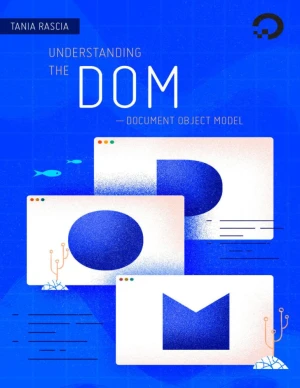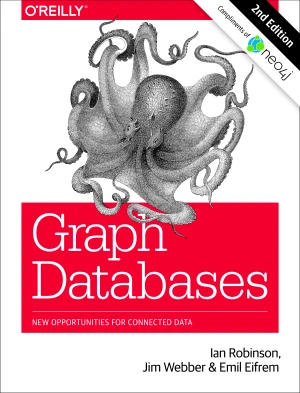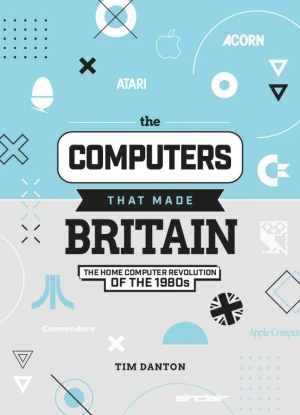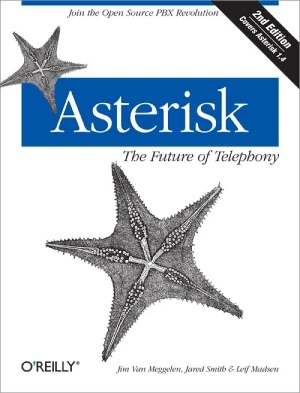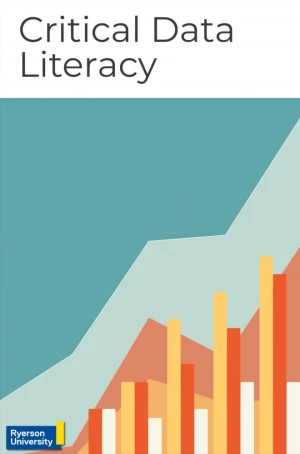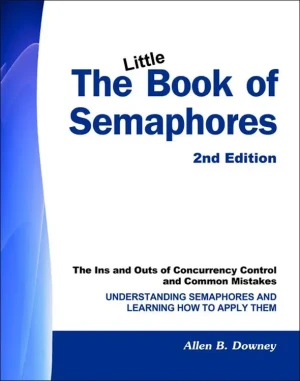Graph Databases For Beginners
The #1 Platform for Connected Data
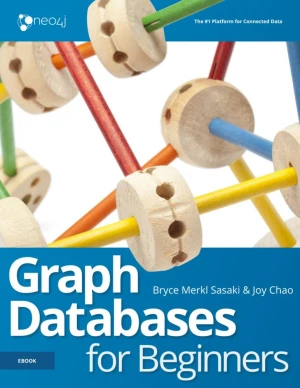
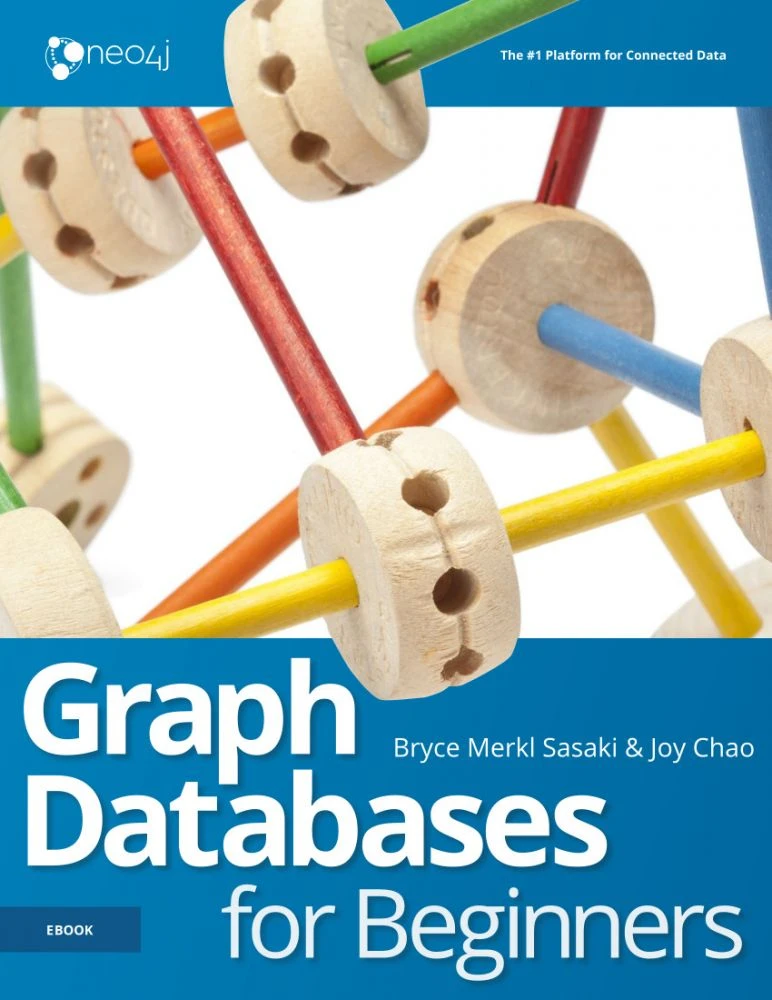
Book Details
| Authors | Bryce Merkl Sasaki, Joy Chao, Rachel Howard |
| Publisher | Neo4j |
| Published | 2018 |
| Edition | 1st |
| Paperback | 46 pages |
| Language | English |
| License | Creative Commons Attribution-NonCommercial |
Book Description
So someone has heard about graph databases and wants to understand what all the buzz is about. Are they just a passing trend - here today and gone tomorrow - or are they a rising tide that businesses and development teams can't afford to ignore?
Whether they're a business executive or a seasoned developer, something - perhaps a pressing business challenge or a limitation of their current database - has led them to explore graph technology and its potential.
In Graph Databases For Beginners, the authors guide readers through the fundamentals of graph technology, assuming little to no prior knowledge. They also share practical tips for those considering a transition to Neo4j.
But before diving in, what makes graphs not just relevant but essential today? The first key factor is their focus on relationships. The world is generating more data than ever, but increasingly, it's the connections within that data that hold the most value.
Take fraud detection as an example. Financial institutions and insurance companies lose billions annually to fraud, yet many now use Neo4j to expose fraud rings by revealing hidden relationships.
However, Neo4j's power isn't limited to relationship mapping. Its flexible, scalable whiteboard-style data model evolves alongside data; its intuitive query language simplifies writing queries; and its agility saves companies time - setting it apart from other NoSQL and traditional relational database (RDBMS) technologies. (If these terms are unfamiliar, don't worry - the authors explain them later.)
In short, graph databases represent the future. And even for beginners, it's never too late to start. The authors invite readers to explore this technology further in the coming chapters and encourage them to reach out with any questions along the way.
This book is available under a Creative Commons Attribution-NonCommercial license (CC BY-NC), which means that you are free to copy, distribute, and modify it, as long as you attribute the source and don't use it for commercial purposes.
If you enjoyed the book and would like to support the author, you can purchase a printed copy (hardcover or paperback) from official retailers.
Download and Read Links
Share this Book
[localhost]# find . -name "*Similar_Books*"
Understanding the DOM
JavaScript is the de facto programming language of the web, but the language itself does not include any built-in method for working with input/output (I/O), such as graphics display and sound. Instead, the web browser provides an API for accessing the HTML document in a tree structure known as the Document Object Model (DOM). The combination of Ja
Graph Databases, 2nd Edition
Discover how graph databases can help you manage and query highly connected data. With this practical book, you'll learn how to design and implement a graph database that brings the power of graphs to bear on a broad range of problem domains. Whether you want to speed up your response to user queries or build a database that can adapt as your busin
The Computers That Made Britain
The home computer boom of the 1980s brought with it now iconic machines such as the ZX Spectrum, BBC Micro, and Commodore 64. Those machines would inspire a generation. Written by Tim Danton. The Computers That Made Britain (300 pages, hardback) tells the story of 19 of those computers - and what happened behind the scenes. With dozens of new inter
Asterisk: The Future of Telephony, 2nd Edition
This bestselling book is now the standard guide to building phone systems with Asterisk, the open source IP PBX that has traditional telephony providers running scared! Revised for the 1.4 release of the software, the new edition of Asterisk: The Future of Telephony reveals how you can save money on equipment and support, and finally be in control
Critical Data Literacy
A short course for students to increase their proficiency in analyzing and interpreting data visualizations. By completing this short course students will be able to explain the importance of data literacy, identify data visualization issues in order to improve their own skills in data story-telling. The intended outcome of this course is to help s
The Little Book of Semaphores, 2nd Edition
The Little Book of Semaphores is a free textbook that introduces the principles of synchronization for concurrent programming. In most computer science curricula, synchronization is a module in an Operating Systems class. OS textbooks present a standard set of problems with a standard set of solutions, but most students don't get a good understandi

